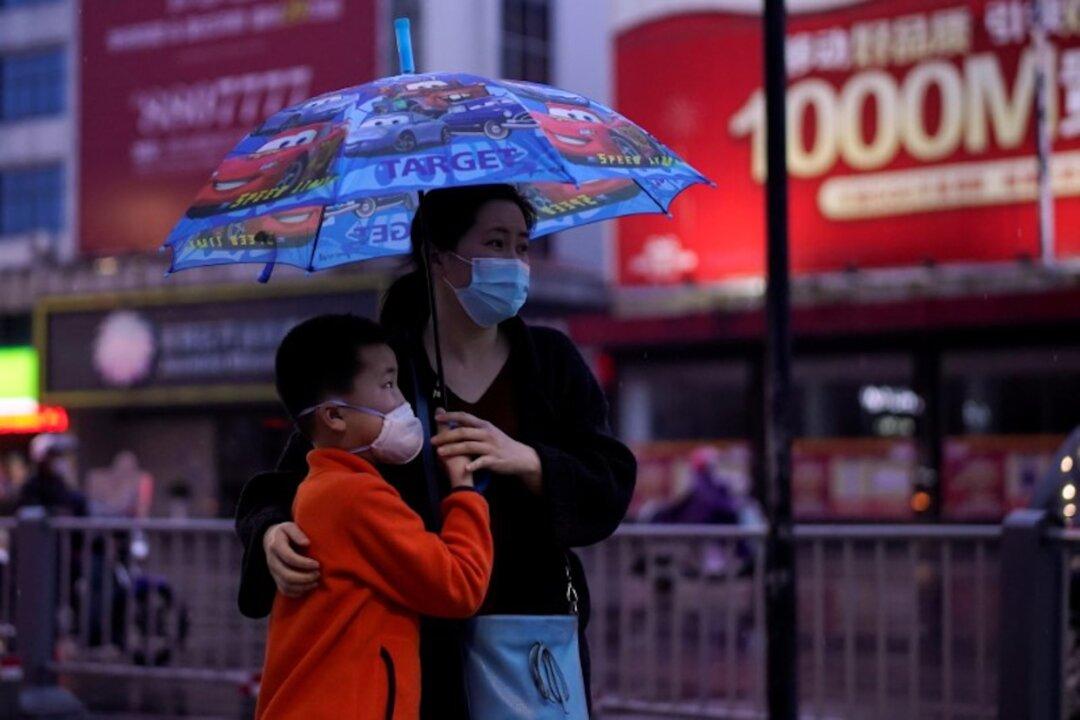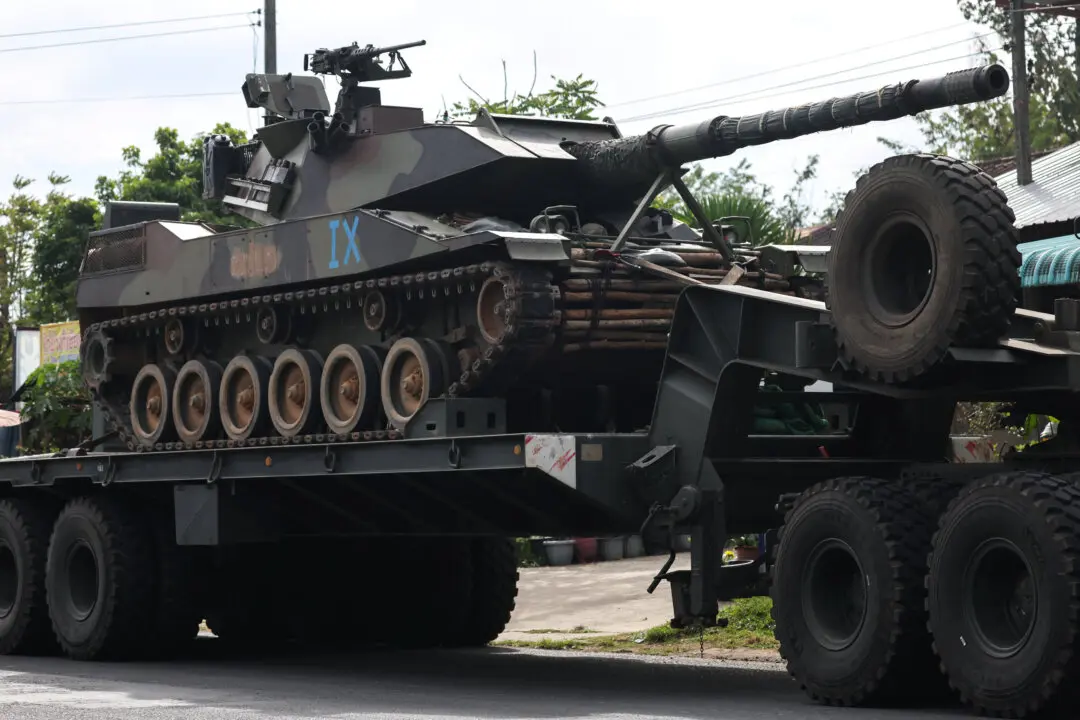JINGZHOU, China—Li Yu is happy she sold six pieces of roasted corn on the day she reopened her stall after travel restrictions were lifted in Jingzhou, but she worries about the future of her business near the city’s ancient wall, a tourist attraction in Hubei Province.
Li was forced to close her stall in late January as part of Hubei’s lockdown to tackle the spreading coronavirus epidemic, only opening on March 26 as China began lifting curbs on the province.





